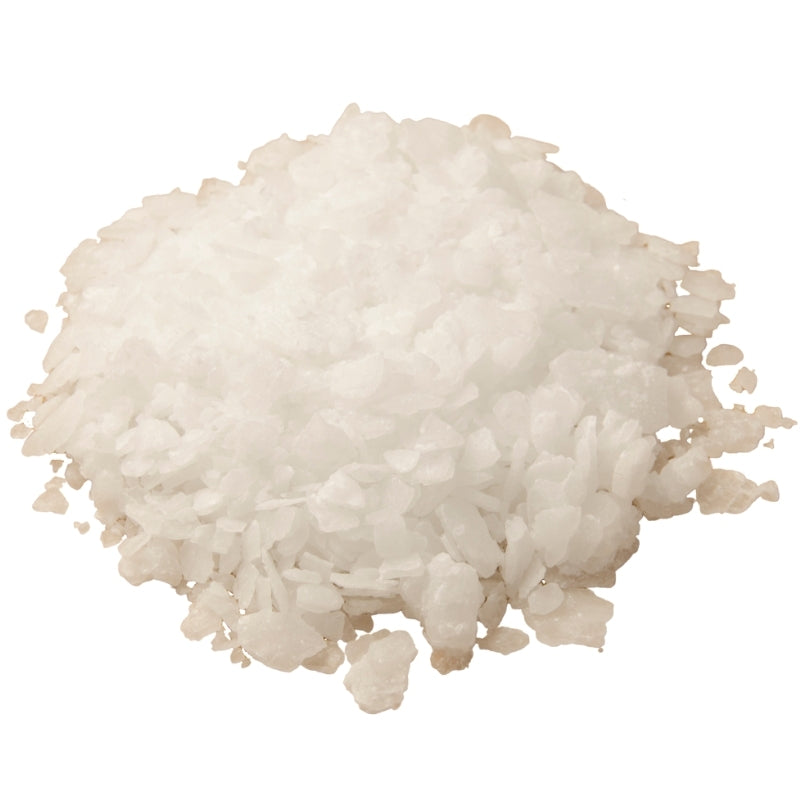
DIY Yogurt Soap!
Juliette van der MeerA few months ago I was toying with the idea of adding yogurt to soap. Yogurt is packed with beneficial microbes, cultures and lactic acid, making it great for skin. Yogurt is a fresh ingredient and is difficult to preserve in formulas so you can't just add it to a lotion, but soaps are self preserving so you can add in all kinds of interesting ingredients such as milk and yogurt!
I had some bulk quantities of shea butter and coconut oil which I wanted to use up, plus I love African oils like baobab, so I hopped over to Soapcalc and made up a recipe for myself using those ingredients.
P.S. Soapcalc is a great tool for creating your own soap recipes, I highly recommend trying it out. You can choose different oils and butters as well as play around with the quantities to get a soap that has specific qualities - it's how I formulate most of my soaps.
Here is a gorgeous yogurt soap recipe, complete with fabulous African oils, nourishing shea butter, pretty pink clay for colour and creaminess and of course, the yogurt for moisturising factor.






















4 comments
Hi Ayesha, you can replace the yogurt with water and omit the clay :)
We also have other soap recipes without yogurt if you’d like to try those.
Hi! Can I use this recipe and exclude the clay and yogurt? Will the other ingredient ratios stay the same? Thanks!
Hi Grace, we don’t sell the soap ready made sorry! This is the recipe so you can make your own, and we sell all the ingredients needed.
Hello,
Where can l buy your yoghurt soap?
Thanks.